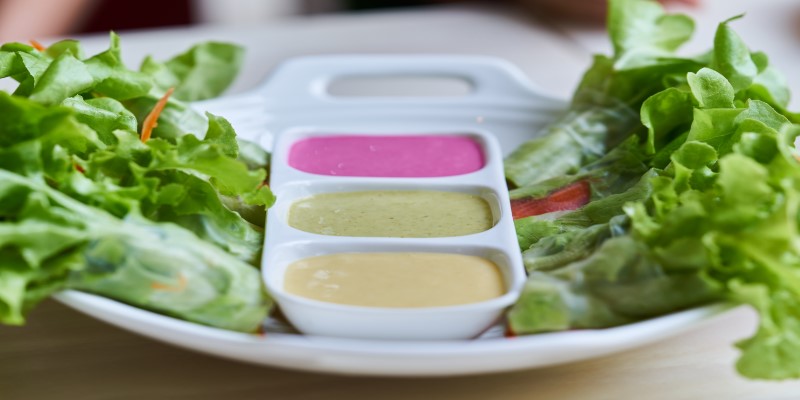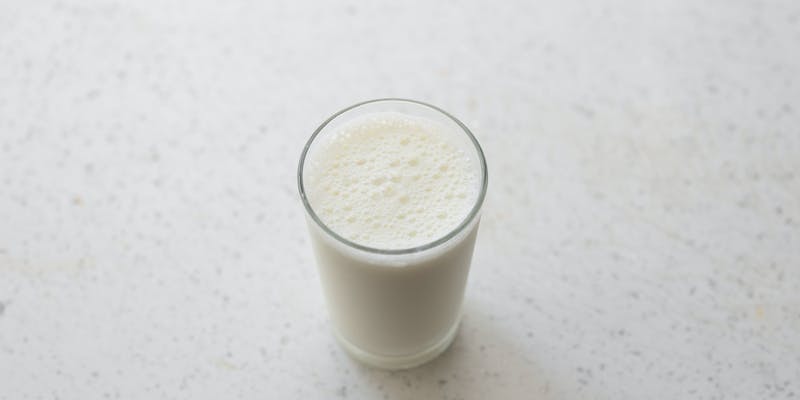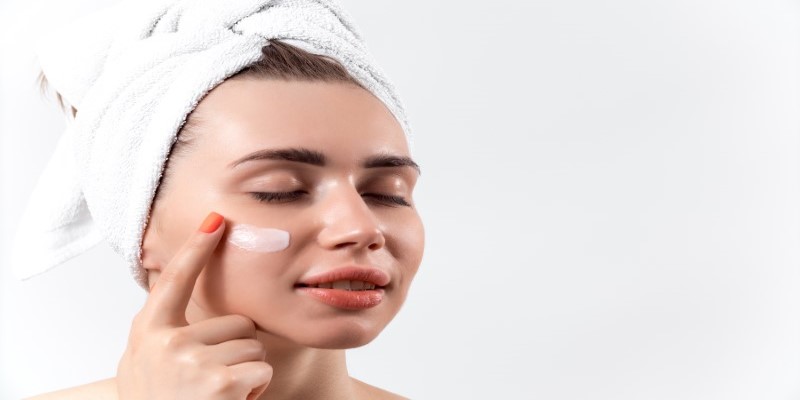Expert Strategies in Burn Blister Care: Fundamental Do's and Common Pitfalls
Feb 07, 2024 By Nancy Miller
Burn blisters, a common consequence of exposure to heat, chemicals, or electricity, can cause discomfort and complications if not managed properly. Understanding the different types of burn blisters, adopting preventive measures, and administering appropriate at-home treatments are crucial aspects of ensuring a smooth recovery.
However, it is equally important to recognize when professional medical intervention is necessary. This article explores the various facets of burn blisters, emphasizing what to do and what not to do for effective management.
Types of Burn Blisters
Burn blisters can be categorized into three types based on severity: first-degree, second-degree, and third-degree burns.
First-degree burns: These affect only the outer layer of the skin, resulting in redness and mild pain. Blisters may not necessarily form with first-degree burns, but they still require attention to prevent complications.
Second-degree burns: Involving both the outer and underlying layers of skin, second-degree burns cause pain, redness, swelling, and fluid-filled blisters. These blisters are more prone to infection and necessitate careful management.
Third-degree burns: The most severe form of burns, categorized as third-degree, permeate all layers of the skin and potentially extend into underlying tissues. These burns often appear white, charred, or leathery and require immediate medical attention due to the risk of infection, shock, and long-term complications.
Preventions and At-Home Treatment
Preventing burn blisters is essential for maintaining skin health. Simple measures can significantly reduce the risk of burns, such as:
Avoiding direct exposure to heat sources: Stay vigilant around open flames, hot surfaces, and electrical appliances. Use protective gear when engaging in activities that pose a burn risk.
Practicing proper first aid: For minor burns, it is advisable to alleviate the affected area by exposing it to cold running water for a minimum duration of 10 minutes. Avoid ice or very cold water, as they can exacerbate the damage.
Wearing appropriate clothing: Use protective clothing, such as gloves and long sleeves, when handling hot objects or chemicals. This minimizes direct skin contact and reduces the risk of burns.
Using caution with hot liquids: Take extra care when handling hot liquids to prevent accidental spills or scalds. Keep hot beverages away from children and vulnerable individuals.
At-home treatment for burn blisters involves several key steps:
Cleaning the wound: Ensure a comprehensive cleansing of the impacted region using mild soap and water. This procedure aims to eliminate debris effectively and mitigate the potential for infection.
Applying an antiseptic ointment: After cleaning, apply an over-the-counter antiseptic ointment to the burn blister to aid in healing and prevent infection.
Protecting the blister: Cover it with a sterile, non-stick bandage to shield it from further irritation and minimize the risk of infection.
Avoiding friction and pressure: Refrain from activities that could cause friction or pressure on the blistered area, which can impede healing.
When to See a Healthcare Provider
Burn blisters arising from heat, chemicals, or electricity require careful assessment to determine the need for medical intervention. Seeking professional care is crucial in specific situations to prevent complications and ensure optimal healing.
Large Burn Size
Burn blisters exceeding three inches in diameter elevate the risk of complications. Extensive burns pose challenges like infection, impaired circulation, and delayed healing. A professional assessment is vital to accurately gauge the extent of the injury and provide specialized treatment.
Critical Areas: Face, Hands, Feet, Genitals, Joints
Burns in sensitive areas like the face, hands, feet, genitals, joints, or major body joints demand heightened attention. Managing these burns at home can be challenging, requiring specialized treatment to minimize scarring and address potential functional implications.
Chemical, Electrical, or Inhalation Burns
Burns resulting from chemicals, electricity, or inhalation carry unique risks not immediately apparent. Chemical burns cause ongoing tissue damage, electrical burns may affect internal organs, and inhalation burns damage the respiratory system. Seeking prompt medical care is essential to assess both internal and external damage.
Infected Burn Blisters: Signs and Consequences
Infection in burn blisters, marked by increased redness, swelling, warmth, or pus, requires immediate medical attention. Infection can impede healing and lead to systemic complications. The professional assessment determines the severity of the infection, initiating interventions like drainage or antibiotic therapy.
What Not to Do
In managing burn blisters, there are several crucial actions to avoid to prevent worsening the condition or hindering the healing process:
When dealing with burn blisters, adhering to practices that promote healing and prevent complications is crucial. Several actions should be avoided to ensure optimal recovery.
Popping the Blister
Resisting the urge to pop a burn blister is essential. The blister acts as a natural protective barrier against infection. Puncturing increases the risk of introducing bacteria, potentially leading to complications and prolonging the healing time. It is advisable to let the blister heal on its own.
Using Ice
Ice is not recommended for treating burn blisters. It can further damage the burned skin and delay the healing process. Instead, use cool running water for at least 10 minutes to soothe the burn without causing additional harm.
Applying Butter or Oils
Despite common misconceptions, applying butter, oils, or greasy substances to a burn blister is discouraged. These substances can trap heat, exacerbating the injury and potentially leading to complications. It's advisable to stick to approved over-the-counter ointments for burn care.
Using Adhesive Bandages Directly on Blisters
Avoid using adhesive bandages directly on burn blisters, as they can stick to the blister, causing pain and potentially tearing the delicate skin when removed. Opt for non-stick bandages to protect without compromising the healing process.
Neglecting Medical Attention for Severe Burns
Prompt medical attention is crucial in cases of severe burns or those showing signs of infection. Delaying professional care can result in long-term complications. It is recommended to promptly consult with a healthcare professional for a thorough assessment and suitable treatment, thereby ensuring the optimal outcome for the individual.
Conclusion
Understanding the different types of burn blisters, adopting preventive measures, and knowing how to respond effectively are essential components of managing this common injury. While many cases can be successfully treated at home, it is crucial to recognize when professional medical intervention is necessary. By adhering to proper guidelines and avoiding detrimental actions, individuals can promote optimal healing and reduce the risk of complications associated with burn blisters.

Tasty Options: Gluten-Free Salad Dressings You Will Really Love

Exploring the Health Benefits of Feta Cheese: Nutritional Guide

Sodium Sulfite's Role in Shrimp Preservation: A Detailed Overview

Should You Be Eating Only One Meal A Day? Know The OMAD Results

Raw Milk Realities: Evaluating the Pros and Cons of Unprocessed Dairy

How Russian Twists Strengthen Your Core and Shoulders

Debunking Myths: Why Using Toothpaste for Acne is a Bad Idea


